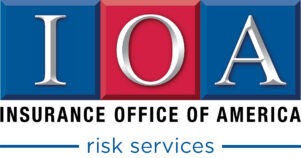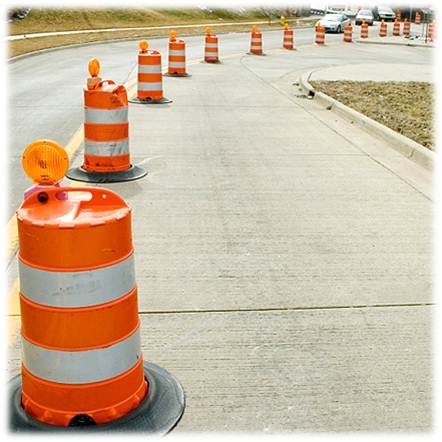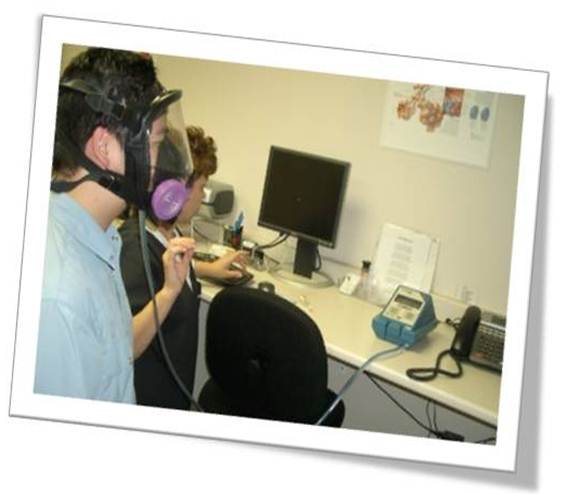After years of discussion, OSHA has finally announced its final ruling on its Hazard Communication standard to be aligned with the United Nations' GHS.
GHS stands for the "Globally Harmonized System of Classification and Labeling of Chemicals". GHS is a system that defines and classifies the hazards of chemical products, and communicates health and safety information on labels and material safety data sheets (called Safety Data Sheets, or SDSs, in GHS). An international team of hazard communication experts developed GHS.
Haz Comm 2012, as it is now known at the agency, communicates information about chemical hazards in the workplace “more
simply, clearly and effectively,” says OSHA Assistant Secretary of Labor Hilda Solis. It “empowers [workers] with the best information about the chemicals they handle in the workplace,” she added.
OSHA’s Haz Comm standard requires chemical manufacturers and importers to evaluate the hazards of the chemicals they produce or import, and prepare labels and safety data sheets to convey the hazard information to their downstream customers. It also requires all employers with hazardous chemicals in their workplaces to have labels and safety data sheets for their exposed workers, and train them to handle the chemicals appropriately.
Some of the major changes in the standard are:
- Hazard classification: Provides specific criteria for classification of health and physical hazards, as well as classification of mixtures.
- Labels: Chemical manufacturers and importers will be required to provide a label that includes a harmonized signal word, pictogram and hazard statement for each hazard class and category. Precautionary statements also must be provided.
- Safety data sheets: Now will have a specified 16-section format.
- Information and training: Employers are required to train workers by Dec. 1, 2013 on the new labels’ elements and safety data sheets’ format to facilitate recognition and understanding.
How Safety Links Can Help You:
OSHA estimates about 5 million workplaces in the US will be affected. Although most agree that this decision has will benefit overall, it can also cause disruption in the re-alignment with the new GHS implementation for many companies. Strong processes, applications, systems, and service providers can be a great help in order to achieve compliance.
After years of experience and thorough understanding of GHS and its implementation in our HazCom course, we understand and are able help ease the alignment for your existing HazCom in your company.



